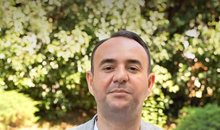
 Flash News
Flash News
Ceno Klosi with over 800 stolen votes, Balluku finds the reason is the tiredness of the counters
"Fast & Furious" in the former Block, police chase an Audi Q8, 4 cars collide
Car hits two tourists on a motorcycle in Fushe Arrëz, one of them dies
Serious accident in Thumanë, one dead, 3 injured
Durrës Court suspends the director of Pre-University Education from duty
After the controversial change in the law, the Ministry of Environment paves the way for constructions in protected areas

Drehni i Drenova is a forest massif of 1,380 hectares located in Korça County on the border with Greece. This area, declared a national park in the distant year 1966, is an important bio-corridor between the two countries for large vertebrates, such as bear, wolf and roe deer.
But a series of draft decisions announced for consultation by the Ministry of Tourism and Environment in June violate this status.
"Even today, the Drenova Fir National Park tends to return to the Protected Landscape Area, a decision by which this area loses the sub-isolation system and goes from first-degree protection to third-degree protection," said Taulant Bino, head of the Association of Albanian Ornithologists (AOS). "Practically, any kind of protection is lost," he added.
The draft decision on the Drenova Fir is not an isolated act, as there are at least nine similar draft decisions issued for consultation by the Ministry of Tourism and Environment, which according to environmental organizations, if approved, risk irreparable damage to natural ecosystem in Albania.
According to AOS experts, the draft decisions affect nine existing protected areas – Bredhi i Drenova, Rrushkull, Bune Velipojë, Pishë-Poro-Nartë, Lake Pogradec, Kuturman-Qafë Bush, Kratse, Guri i Nika Valamarë, Bjeshket e Oroshi – and a new protected area, Bisht Kâmez.
"Drenova's Fir has been rumored for a long time as an area for so-called recreational constructions," Taulant Bino, head of the Albanian Ornithologists' Association, told BIRN. "The last obstacle - the status of the protected area - falls with this draft decision", added Bino.
Amendments to Law 81/2017 on Protected Areas, approved in February against the objections of the European Union, remove from these areas the system of internal zoning, which previously offered different levels of protection under the old law and International Union for Conservation of Nature regulations of Nature (IUCN), and give them only the third degree of protection.
Bino told BIRN that the approval of these ten draft decisions risks, among other things, the loss of the "protected area" status for these areas with natural values.
The main authority responsible for these areas is the National Territory Council (NKT), responsible for sanctioning regulations, illegal structures, and alleged strategic investments and various other activities.
Article 5 of the draft decisions announced for consultation, which lists the actions allowed in these areas, includes, among others, the installation of renewable energy projects, the establishment of fish breeding centers, as well as other activities such as construction, treatment of water on farms, construction of canals, highways, urban areas and similar activities, provided they have permission from KKT.
"KKT already knows no limits in the range of strategic investments it can authorize in these areas", said Besjana Shehu, co-founder of AOS.
"The investment can be made in the lagoon, in the canyons, or even in areas that were previously 'core areas', implying the implementation of the highest level of protection", she added.
According to Taulant Binos, project decisions are at the service of plans for urban development.
"For a long time, Bredhi i Drenova has been rumored as an area for so-called recreational constructions," he emphasized. "The last obstacle - the status of the protected area - falls with this draft decision", concluded Bino. Reporter.al
Latest news





Lufta në Gaza/ Pse Netanyahu do vetëm një armëpushim 60-ditor, jo të përhershëm?
2025-07-02 21:56:08
US suspends some military aid to Ukraine
2025-07-02 21:40:55

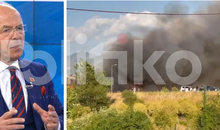
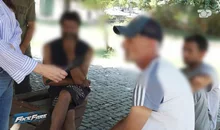
Methadone shortage, users return to heroin: We steal to buy it
2025-07-02 20:57:35
Government enters oil market, Rama: New price for consumers
2025-07-02 20:43:30
WHO calls for 50% price hike for tobacco, alcohol and sugary drinks
2025-07-02 20:41:53
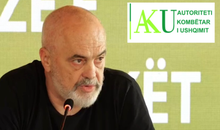






Israel agrees to 60-day ceasefire in Gaza, but many unanswered questions remain
2025-07-02 18:35:27
The weather in Germany is going "crazy", temperatures reach 40°C
2025-07-02 18:22:21

"Fast & Furious" in the former Block, police chase an Audi Q8, 4 cars collide
2025-07-02 17:59:25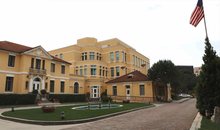
"Birth on a tourist visa? US Embassy warns Albanians: This is prohibited!"
2025-07-02 17:48:16


BIRN: Fier recount reveals vote trafficking within open political party lists
2025-07-02 16:57:19

CEO and former director of 'Bankers Petroleum' arrested in Fier
2025-07-02 16:40:42
Car hits two tourists on a motorcycle in Fushe Arrëz, one of them dies
2025-07-02 16:33:23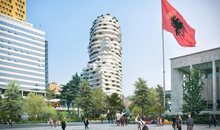


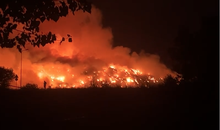
Fire at the Elbasan Incinerator Landfill, Prosecution Launches Investigations
2025-07-02 15:34:54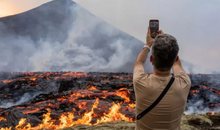
What you need to know if you travel to a country with active volcanoes
2025-07-02 15:33:03


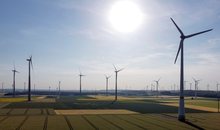
EU proposes 90% reduction in greenhouse gases by 2040
2025-07-02 14:50:23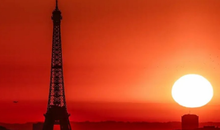
Europe is burning from the heat / Italy and France are on maximum alert
2025-07-02 14:36:52

Moscow's contradictory statements: Is the friendship with Vučić breaking down?
2025-07-02 14:21:05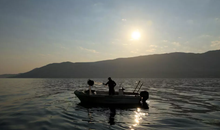
'I lost my battle': Sea warming is killing fishing in Albania
2025-07-02 14:08:35
Sekretet kimike që ndihmojnë në mbajtjen e mjaltit të freskët për kaq gjatë
2025-07-02 14:01:26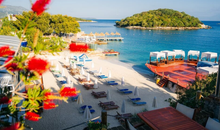
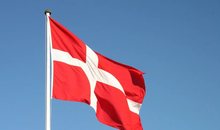
Denmark makes historic decision to make military service mandatory for women
2025-07-02 13:44:33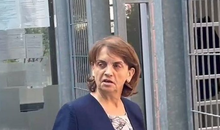
The appeal of the GJKKO leaves former judge Pajtime Fetahu in prison
2025-07-02 13:30:20
Productivity losses could reduce GDP by 1.3% as a result of extreme heat
2025-07-02 13:21:04
He abused his minor daughter, Zamir Meta is left in prison
2025-07-02 13:04:04
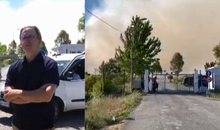
Waste burning in Elbasan, Alizoti: They are poisoning people and stealing money
2025-07-02 12:48:39
Civil disobedience continues in Serbia, dozens of people detained
2025-07-02 12:40:32
Rama's government was born under the sign of garbage and will end like this
2025-07-02 12:28:09
Water prices increase in the municipalities of the Elbasan region
2025-07-02 12:13:38
Civil disobedience continues in Serbia, what is happening in Belgrade?
2025-07-02 12:07:44
Serious accident in Thumanë, one dead, 3 injured
2025-07-02 11:54:42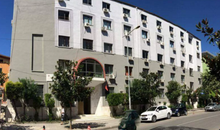
Durrës Court suspends the director of Pre-University Education from duty
2025-07-02 11:49:27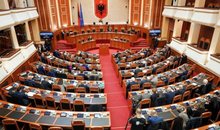
Plenary session on Thursday, what is expected to be discussed
2025-07-02 11:36:43
Europe is burning from heat waves/ What is the 'thermal dome' phenomenon?
2025-07-02 11:26:25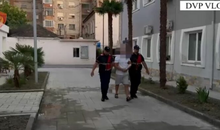
Wanted by Italy for murder, 45-year-old arrested in Vlora
2025-07-02 11:19:31
Fire situation, 28 fires reported in 24 hours, 2 still active
2025-07-02 11:13:20
"Buka" file, preliminary hearing for Ahmetaj postponed to July 17
2025-07-02 11:03:30
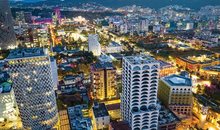

Baçi: Belinda Balluku and Ceno Klosi, the most dangerous "gangs" in Fier
2025-07-02 10:32:09
Zamir Meta, suspected of sexually abusing his daughter, arrives in court
2025-07-02 10:21:33

Trump: Israel has agreed to a 60-day ceasefire in Gaza
2025-07-02 10:01:55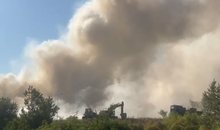
Fire continues at Elbasan landfill
2025-07-02 09:51:13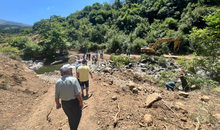

Dates to note during July, important events will occur
2025-07-02 09:31:45
The hearing for Jorgo Goro's claim is postponed
2025-07-02 09:24:19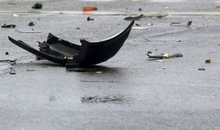

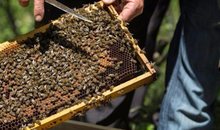

Foreign exchange, the rate at which foreign currencies are sold and bought
2025-07-02 08:42:31

52% of pensioners did not receive full pension in 2024
2025-07-02 08:27:18
Horoscope, what do the stars have in store for you today?
2025-07-02 08:13:36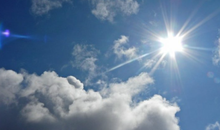
Hot weather, Wednesday brings high temperatures
2025-07-02 07:59:16
Morning Post/ In 2 lines: What mattered yesterday in Albania
2025-07-02 07:46:15
Heatwave sweeps across Europe, Spain and England record hottest June ever
2025-07-01 22:57:41






Golem and Qerret without water at the peak of the tourist season
2025-07-01 21:09:32

Euractiv: Italy-Albania migrant deal faces biggest legal challenge yet
2025-07-01 20:53:38
BIRN: Brataj and Fevziu victims of a 'deepfake' on Facebook
2025-07-01 20:44:00

Vlora by-pass, work delays and cost increases
2025-07-01 20:24:29



Milan are expected to give up on the transfer of Granit Xhaka
2025-07-01 19:41:25
